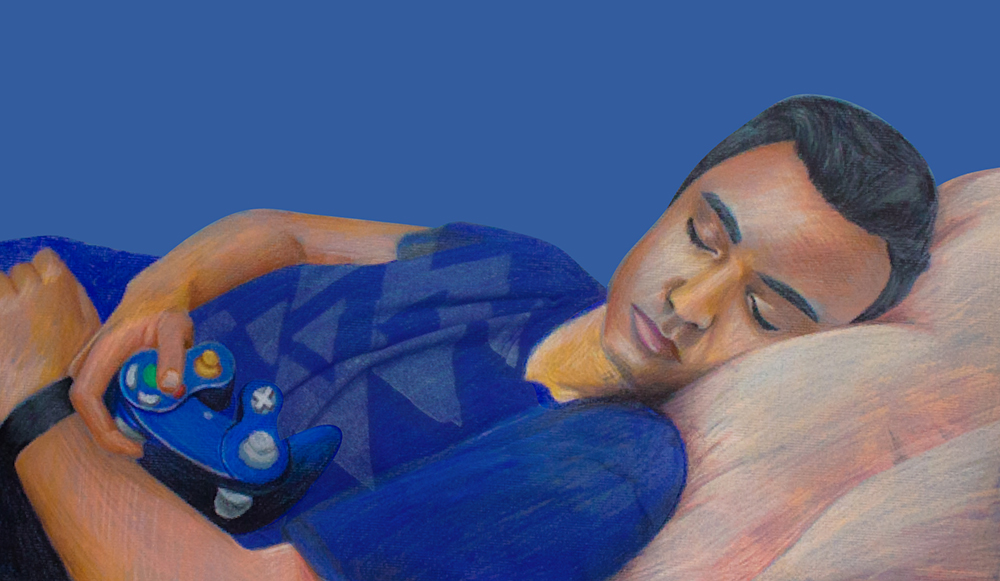Better than any open world video game, lucid dreaming allows the dreamer to do things like travel the world, fly like superman and even relive memories, without ever leaving his or her bed.
Lucid Dreaming is a learnable skill that can allow you to turn your dreams into anything you can imagine. This scientifically proven phenomenon has many applications, including some that can affect your waking life. Through practice, anyone can unlock the ability to achieve lucidity and find the potential of waking dreams.
What is lucid dreaming?
According to a paper published from the University of Wales, Swansea, lucid dreaming is defined as a time when a person is aware that he or she is dreaming and begins to exercise control over the dream’s content.
Dr. Stephen LaBerge of Stanford University and long term lucid dream researcher says that another important aspect of a lucid dream is that the person has many of the same abilities they would have if they were awake such as their ability to reason and act of their own free will. They also have the ability to remember the dream when it’s over.
A history
In the past many believed that lucid dreaming was a myth. In an article in Psychology Today, writer Berit Brogaard recalled many debates in the ‘60s, ‘70s, and ‘80s on whether or not lucid dreaming actually exists.
Then, in 1981, a study performed by LaBerge established the validity of lucid dreaming. He based this study on a recent discovery that during REM sleep, subjects’ eyes moved as if they were awake. This means that if the subject looked right in their dream, their eyes would turn to the right.
LaBerge then instructed the research subjects to move their eyes in a specific pattern while in a dream to indicate that they were lucid.
Subjects successfully performed the eye movement pattern while asleep and told researchers after waking that they had lucid dreamed.
These results effectively demonstrated that the subjects maintained some level of consciousness while still asleep. By recording this level of consciousness in his sleeping subjects, LaBerge was able to confi rm the validity of lucid dreaming.
Why do people choose to lucid dream?
Lucid dreaming can serve as an enjoyable escape from everyday life. What better way is there to unwind from a tough day than to enter a world created and controlled by your will?
Lucid dreams can also be more grounded in reality, and they even have the potential to help your conscious self. According to a paper published in Medical Hypothesis, lucid dreaming can be used as a therapy for depression, reoccurring nightmares and post-traumatic stress disorder. It can even assist in physical rehabilitation through mental rehearsal, which can be applied to training for athletes as well.
“Fly. Dream sex. That’s what everybody likes to do,” said to LaBerge to the New York Times. “There’s also the possibility of creative problem-solving, overcoming nightmares and anxieties, learning more about yourself.” Lucid dreaming is more than just an escape; it’s an opportunity to take advantage of the hours you used to spend unconscious in order to do more of what you want to do.
How to lucid dreamFor most people lucid dreams happen at random, but some have taught themselves how to start the experience at will. This takes practice in recognizing one’s dream-state and becoming lucid. In general there are three effective methods to achieving lucidity. Mnemonic Induction of Lucid Dreams, or the MILD Technique was developed by LaBerge and focuses on the time between dreams. The first step happens after you awaken from a dream. According to LaBerge, you first have to remember the dream completely and then return to sleep. Before falling asleep you have to focus on making yourself remember that you are dreaming when you’re unconscious. The idea is to think that, “Next time I’m dreaming, I will remember that I am dreaming,” until you fall asleep and enter a dream. By doing this LaBerge believes that you will become lucid.
Another theory, known as Wake Induced Lucid Dream or WILD is considered to be the most effective method because it allows the user to achieve lucidity at will and during meditation. The goal of this method is to enter a hypnagogic state, or the time where you’re drifting off into sleep or meditating, and control it. After using relaxation techniques to get there, you then visualize a dream situation and immerse yourself in it, all the while telling yourself that you’re dreaming. If done correctly, you should enter a lucid state.
The third method is the Wake Back to Bed or WBTB Method. Where the other methods involve chance wakings and practice, this technique has a more structured timeline. The fi rst step is waking up after six hours of sleep, usually with the aid of an alarm clock. When you awake, you have to get out of bed and find something to do for up to an hour. Once the time is up, return to bed and focus on remembering that you are awake in the coming dream. At this point the steps mirror the MILD technique, but because of the previous steps the results are easier to obtain.
Whichever method you use, lucid dreaming is a way not just to escape reality, but to explore your imagination and better your conscious life.








